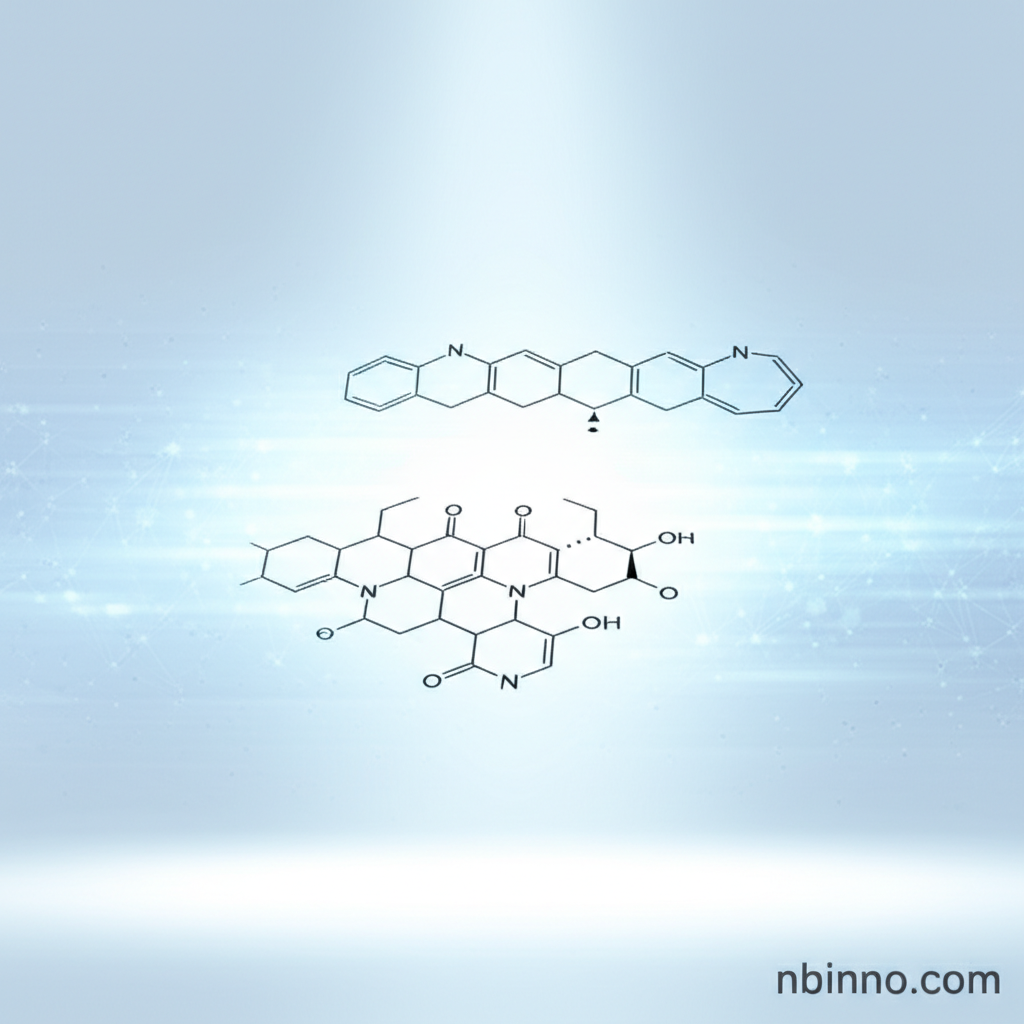High-Purity 2-Bromo-N,N-di(p-tolyl)aniline: A Key Intermediate for Advanced OLED Materials
Discover the essential chemical intermediate powering the next generation of display and lighting technologies.
Get a Quote & SampleProduct Core Value

2-bromo-N,N-di(p-tolyl)aniline
As a critical component in the synthesis of advanced organic electronic materials, 2-bromo-N,N-di(p-tolyl)aniline serves as a vital intermediate, particularly within the rapidly evolving field of OLED technology. Its specific chemical structure and high purity enable efficient fabrication of high-performance optoelectronic devices.
- Leverage 2-bromo-N,N-di(p-tolyl)aniline OLED intermediate for superior device performance. The precise molecular design of this compound is crucial for achieving desired electronic properties in OLED applications.
- Source high purity OLED intermediates like CAS 1329608-34-5 from reliable chemical suppliers to ensure consistent and reproducible results in your research and manufacturing processes.
- Explore N-(2-bromophenyl)-4-methyl-N-(4-methylphenyl)aniline uses in organic synthesis for novel material development, benefiting from its reactive bromine atom and diarylamine core.
- Achieve optimal results in organic photoelectric material synthesis with our high-purity intermediates, supporting advancements in displays, lighting, and solar energy.
Key Advantages Offered
Exceptional Purity
With a purity of 97% min, this compound ensures minimal side reactions and optimal performance in demanding applications, crucial for organic synthesis.
Versatile Application
Its primary role as an OLED intermediate underscores its importance in cutting-edge electronic displays and lighting solutions.
Reliable Supply
As a key product from reputable manufacturers, it guarantees a consistent and dependable supply chain for your production needs.
Key Applications
OLED Technology
Essential building block for fabricating efficient and long-lasting Organic Light Emitting Diodes, contributing to vibrant displays and energy-efficient lighting.
Organic Electronics
Used in the synthesis of various organic electronic materials, enabling advancements in flexible displays, sensors, and other next-generation electronic devices.
Specialty Chemical Synthesis
Serves as a versatile intermediate in complex organic synthesis, allowing for the creation of novel molecules with tailored electronic and optical properties.
Research and Development
Valuable reagent for academic and industrial researchers exploring new frontiers in material science and organic chemistry.
